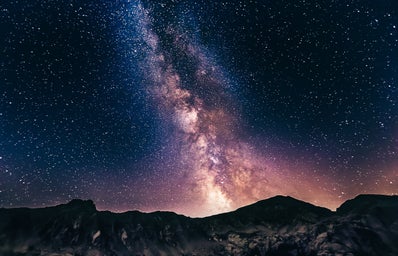When we think of stars, we usually imagine radiant and luminous balls of gas, but the universe tends to have hidden surprises. One such surprise is the neutron star — an object so unusual and extreme, it challenges a lot of what we generally imagine stars to behave like. So, what are they, and why have they fascinated astronomers for decades?
The birth of a neutron star begins with death. A star dies and collapses in on itself, crushing electrons and protons into neutrons. If this dying star is between 1-3 times the mass of the Sun, it collapses into a neutron star. The outer layers are stripped away, leaving behind a tiny, super dense core. This core is so dense, that the mass of every living human being would fit into one cubic centimeter of neutron star matter. Such extreme densities give rise to really fascinating characteristics.
Neutron stars have very intense gravitational magnetic fields, coming second only to black holes. Anything on the surface of a neutron star would be flattened immediately. In order to escape a neutron star’s gravitational field, we would have to travel upwards at a speed of 1.4×108 meters per second, which is roughly half the speed of light!
The fastest known spinning neutron star, named PSR J1748-2446ad, spins around 716 times per second. As it spins, it shoots out large beams of radio waves. If these neutron stars (also known as pulsars), are pointed towards the earth, we see these waves sweep across the planet like light from a lighthouse. Their surface temperatures reach to around 1 million degrees Celsius. The Sun’s surface has a temperature of approximately 6,000 degrees Celsius.
Even though neutron stars are technically “stars,” they have a crust and a liquid core, much like planets. The crust of a neutron star has outer layers made up of iron left over from the supernova squeezed together in a lattice structure, with electrons flowing through them. As we get deeper into the crust, the particles get squished together more closely, and go through what is known as nuclear pasta or the “Gnocchi Phase” where the protons and neutrons are stretched and look like popular pasta shapes. It is theorized to be the strongest material in the universe. Such extreme properties give rise to the characteristics we observe in neutron stars. Violent collisions between neutron stars are believed to be the origin of heavy elements like gold and platinum, something which is discussed in detail on this MIT News page.
Neutron stars, with their extraordinary abilities, are cosmic marvels that challenge our understanding of the universe, and some of its most extreme processes. As we delve deeper into their properties, we unlock new secrets of the cosmos, establishing neutron stars as some of the most important and pivotal celestial objects in the night sky.


